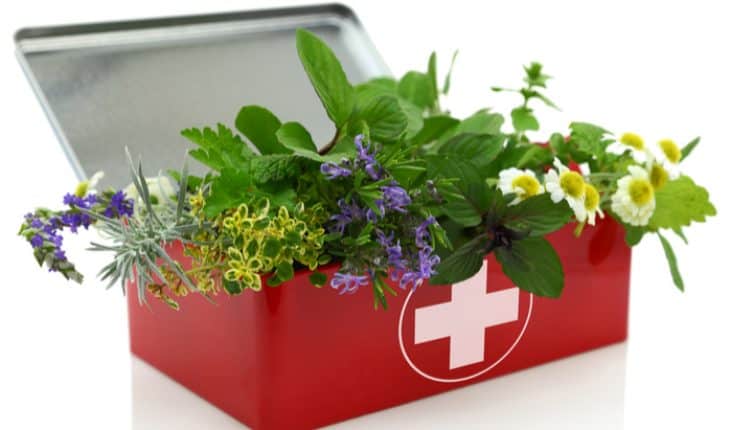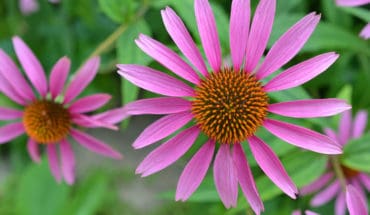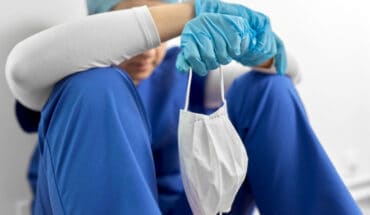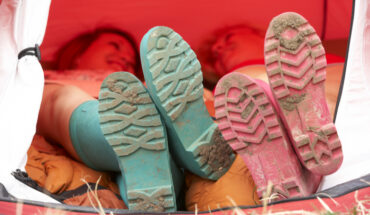Use of practitioner-led complementary and alternative medicine (CAM), such as acupuncture, massage, osteopathy and chiropractic treatment, rose from 12 per cent of the population in 2005 to 16 per cent of the population in 2015, according to a survey led by researchers at the University of Bristol’s Centre for Academic Primary Care. However, access to these treatments was unequal, with women, those who are better off and those in the south of England more likely to use CAM.
The survey, funded by the National Institute for Health Research, undertaken by Ipsos MORI and published in BJGP Open, asked adults in England about their CAM use in the last 12 months. Out of a representative sample of 4,862 respondents aged 15 and over, 766 (16 per cent) said they had seen a CAM practitioner.
More women than men and more people in higher socioeconomic groups (A-C) than in lower socioeconomic groups (D-E) used CAM. CAM use was almost twice as high in the south of England compared with the North and Midlands.
The majority of CAM users either paid for treatment themselves or had it paid for by friends or family (67 per cent). Most CAM users – 70 per cent – self-referred (either found the practitioners themselves or through a recommendation from a friend or family).
The majority of CAM users either paid for treatment themselves or had it paid for by friends or family (67 per cent). Most CAM users – 70 per cent – self-referred (either found the practitioners themselves or through a recommendation from a friend or family).
A small proportion were referred by their GP (17 per cent) or other health professional (four per cent) and more of these were from lower socioeconomic groups.
The main reasons for CAM use were for musculoskeletal problems, particularly back pain (38 per cent), and other musculoskeletal pain (neck pain, shoulder pain or knee pain) (22 per cent). Mental health accounted for 12 per cent of CAM use, including for minor depression, anxiety or stress (seven per cent) and sleep problems, tiredness or fatigue (four per cent).
CAM use was fairly evenly spread across all age groups.
Professor Debbie Sharp, from the Centre for Academic Primary Care and lead author of the study, said: “This survey shows that CAM is widely used by the general population, especially for musculoskeletal and mental health problems, with a slight increase in use since 2005. Access, however, is unequal and most people who see a CAM practitioner are better off and pay for it themselves. We also asked about people’s willingness to pay for CAM and found, unsurprisingly, that it seemed to be based on ability to pay. However, 13 per cent of non-CAM users said they would be willing to part-pay if the NHS or other organisations paid the rest.”
Dr Ava Lorenc, co-author from the Centre for Academic Primary Care, added: “Current UK health policy advocates patient-centred care and has a focus on prevention and patient self-management. Greater integration of CAM services into NHS primary care could address the inequality in access that we found, for example, through social prescribing. This survey was part of a wider scoping study for a trial to test the effectiveness of CAM for people with both musculoskeletal and mental health problems, which we hope will add to the evidence-base for CAM.”
- 1 ¼ Million new mums miss out on free access to NHS dentistry - 23rd April 2024
- Breakthrough in child chronic respiratory diseases - 11th April 2024
- Protein could help detect delayed concussion recovery - 11th April 2024







The mechanisation of modern or allopathic medicine; the generic and militaristic approach of allopathic medicine; the toxic nature of medications and vaccinations and the high level of failure to cure was always going to make people look for alternatives. The best medicine will be when we combine the best of allopathy, and it does have significant skills in surgery and diagnosis at a material level, and the best of other medical modalities like Homeopathy, Acupuncture, Herbal and Nutritional Medicine etc., to provide individualised medicine which is only of a toxic nature if there are no other alternatives. Real medicine is… Read more »